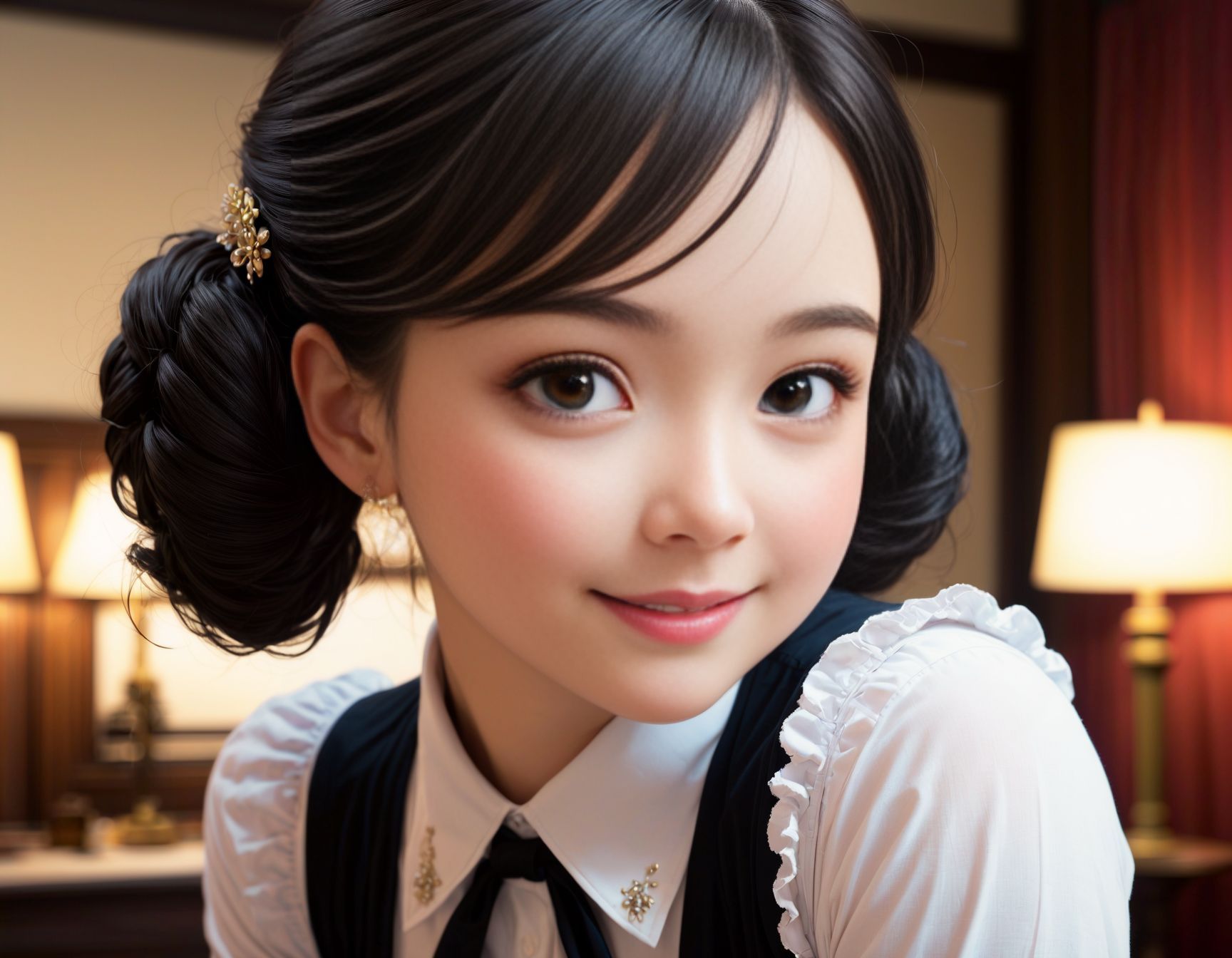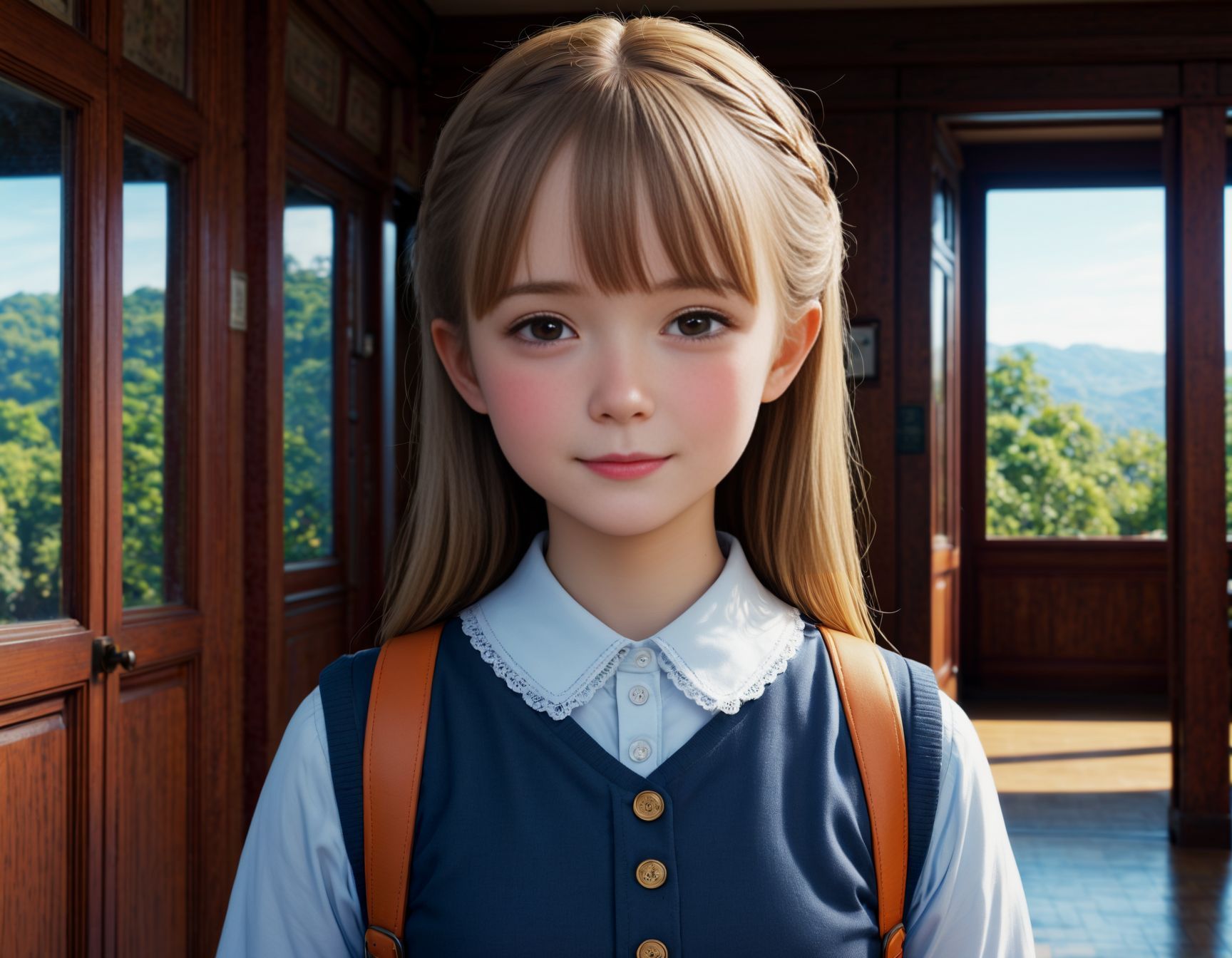Alright, listen up. I’ll tell you all about “Rashomon,” so you better be grateful.

Background of the Work
I’m not doing this for you, but I’ll tell you anyway.
“Rashomon” is set at the end of the Heian period.
The Rashomon gate in the south of Kyoto had fallen into ruin due to wars and famine.
The gate was feared by people of the time, as it became a place where corpses and abandoned items were gathered.
This place, “Rashomon,” amplifies the anxiety and dark atmosphere of the entire story.
It’s a bit odd that you’re interested in such a place.
Well, if you really want to know more, I might just tell you. You should be grateful.

Plot Flow
You don’t even know that? Fine, I’ll teach you.
Setting and Introduction
The servant is taking shelter from the rain at Rashomon in Kyoto.
He has lost his job and is at a loss for how to survive.
While it’s raining, he contemplates whether to starve to death or steal to survive.
Meeting the Old Woman
While hesitating, the servant hears a noise from above and fearfully goes to the upper floor.
There, he witnesses an old woman pulling hair from a corpse.
The servant is shocked by this act and questions the old woman about her reasons.
The Old Woman’s Justification
The old woman explains that she is pulling hair to sell in order to survive.
She justifies her actions by saying, “This corpse deceived people when it was alive, so pulling its hair is not a bad thing.”
The Servant’s Decision
Hearing the old woman’s story, the servant starts to think, “Then, it’s okay for me to do anything to survive.”
He then robs the old woman’s kimono and leaves Rashomon.
Here, it becomes clear that the servant has completely abandoned his sense of ethics and changed his actions to prioritize his survival.
Do you understand the flow of the story now? You should be grateful that I’m explaining it in such detail.

Theme of the Story
You really are interested, aren’t you?
Since you insist, I’ll tell you, but the theme of “Rashomon” is about human nature and the ambiguity of morality.
It questions how far people will go to survive when pushed to the limit, disregarding morality.
The servant, suffering from hunger and poverty, decides to rob the old woman’s kimono to prioritize his survival. In other words, it depicts the ambiguity of good and evil and how humans can fall to any depth.
It’s not something people usually think about.
That’s why “Rashomon” is not just a story, but one with a theme that delves into the depths of human psychology. Are you satisfied now?

Intentions of Ryunosuke Akutagawa
Regarding what Ryunosuke Akutagawa wanted to convey in “Rashomon,” there are several aspects.
Human Nature and the Ambiguity of Morality
Akutagawa wanted to depict the true nature of humans when pushed to the limit.
The servant initially hesitates to steal, but after hearing the old woman’s story, he decides to rob her kimono.
This change shows how human morals and ethics are fragile and ambiguous depending on the situation.
Conflict Between Survival and Ethics
The story questions the legitimacy of abandoning ethics for survival.
Both the servant and the old woman take actions for their survival that are ethically problematic to others.
Through this conflict between survival and ethics, Akutagawa portrays the complex psychology of humans.
Social Decay and Individual Choices
Set against the backdrop of the decaying society at the end of the Heian period, Akutagawa depicts the choices individuals are forced to make.
In a society in turmoil and with collapsed order, the story questions how people strive to survive.
Relative Good and Evil
The actions of both the old woman and the servant are justified as “actions for survival” from their respective perspectives.
Akutagawa shows that good and evil are not absolute, but rather change depending on the situation and viewpoint.
Through these themes, Ryunosuke Akutagawa sharply portrays the deep psychology of humans and the realities of society.
Do you understand Akutagawa’s intentions a little better now?

(Note)
This text was generated by asking an AI. The AI’s answers are not always correct. Please confirm important information.
Thank you.
#AI #Asked_AI #AI_Illustration #AIart


